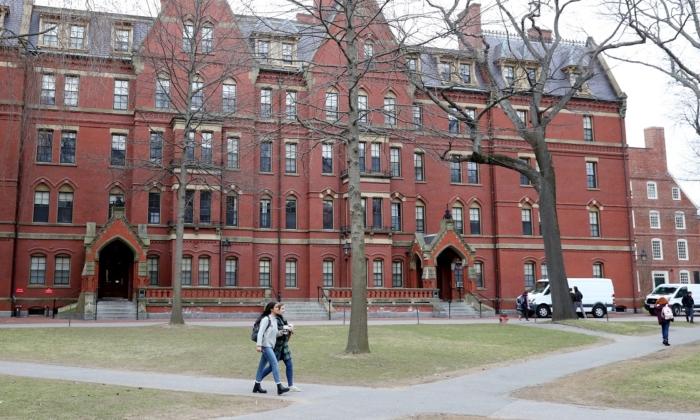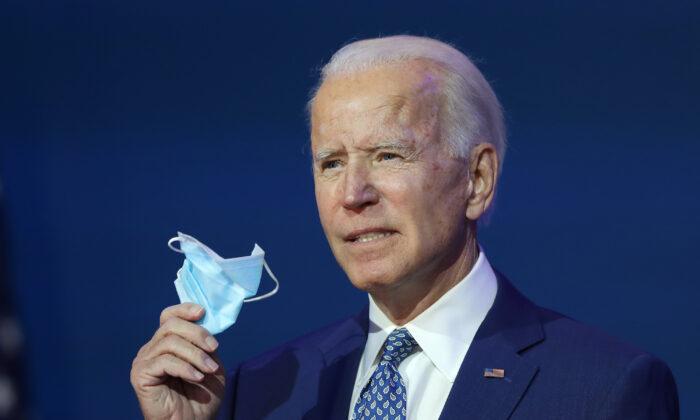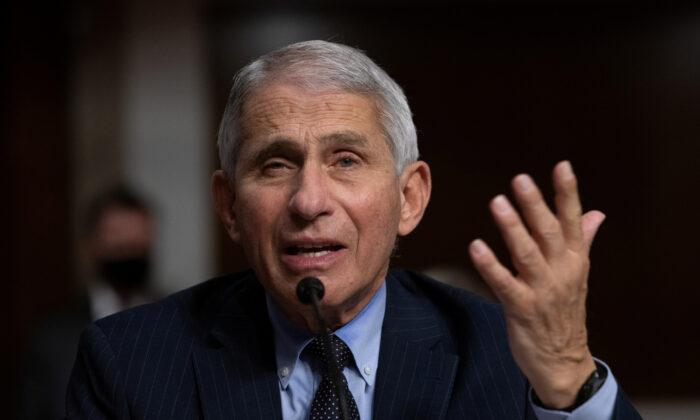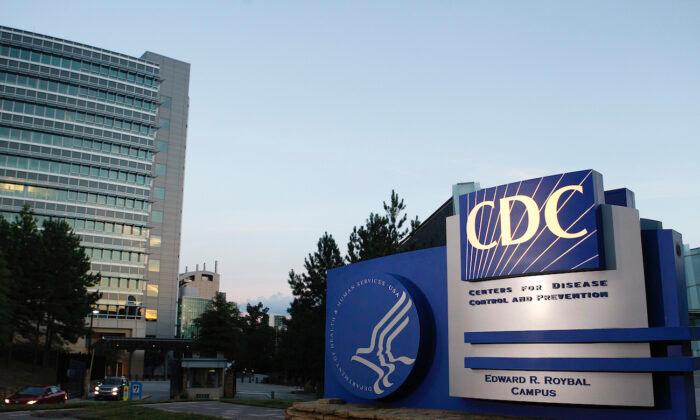A. David Paltiel, one of the authors and a professor at the Yale School of Public Health, said that it is possible for schools to reopen safely in the fall, but “it will require high-cadence screening in the add-on to script adherence to masking, social distancing, and other preventive practice.”
Test frequency is important, according to the study, which stated that even with a low-quality COVID-19 test, it will be able to detect the prescience of infection more so than administering tests on a less frequent basis, the study found.
However, the study also found that it is possible to screen for COVID-19 too frequently.
Rochelle P. Walensky, one of the authors and chief of the Massachusetts General Hospital’s Division of Infectious Diseases, said that testing too often “overwhelms isolation facilities with false-positive results, generating unnecessary expenditures, fueling anxiety, and undermining confidence in the ability of the university to keep its students safe.”
Many colleges and universities will face severe financial consequences should they decide against not reopening, the Medical Press noted.
Amy Zheng, co-author of the study, said that there’s no way to react fast enough while waiting for the symptoms to show before jumping to containing the virus.
“This virus is too readily transmitted by highly infectious, asymptomatic, ’silent spreaders,' especially if there might be sporadic parties that lead to outbreaks,” Zheng said.
Despite that, Paltiel said that the tests will not be cheap, especially if schools follow suggestions offered by the study, which is to test every two to three days, but Paltiel said that hopefully the price will decrease as more and more inexpensive COVID-19 tests hit the market.
On the other hand, not everyone thinks that this the only way to keep schools open come September, as Elizabeth Bradley, president of Vassar College, called the approach very resource-intensive.
“Their conclusion point to one specific strategy that is very resource-intensive and logistically very difficult to do, and neglect other strategies that one could use and be equally as safe,” Bradley said, reported US News.
She said that at her own college, which is more isolated from the rest of the community, the ability to maintain no infections could be done if students get tested before arriving for the semester, and then for the rest of the semester as students stay on campus and away from the rest of the community. This way, when implementing mask-wearing or social distancing procedures, it’s just one extra step—and if some students fail to do so, they are still ok because they tested negative upon arrival.
Moreover, Centers for Disease Control and Prevention Director Robert Redfield has said the agency never recommended schools close in the first place and advocates for reopening in the fall.
“Having the schools actually closed is a greater public health threat to the children than having the schools reopen,” Redfield said.





